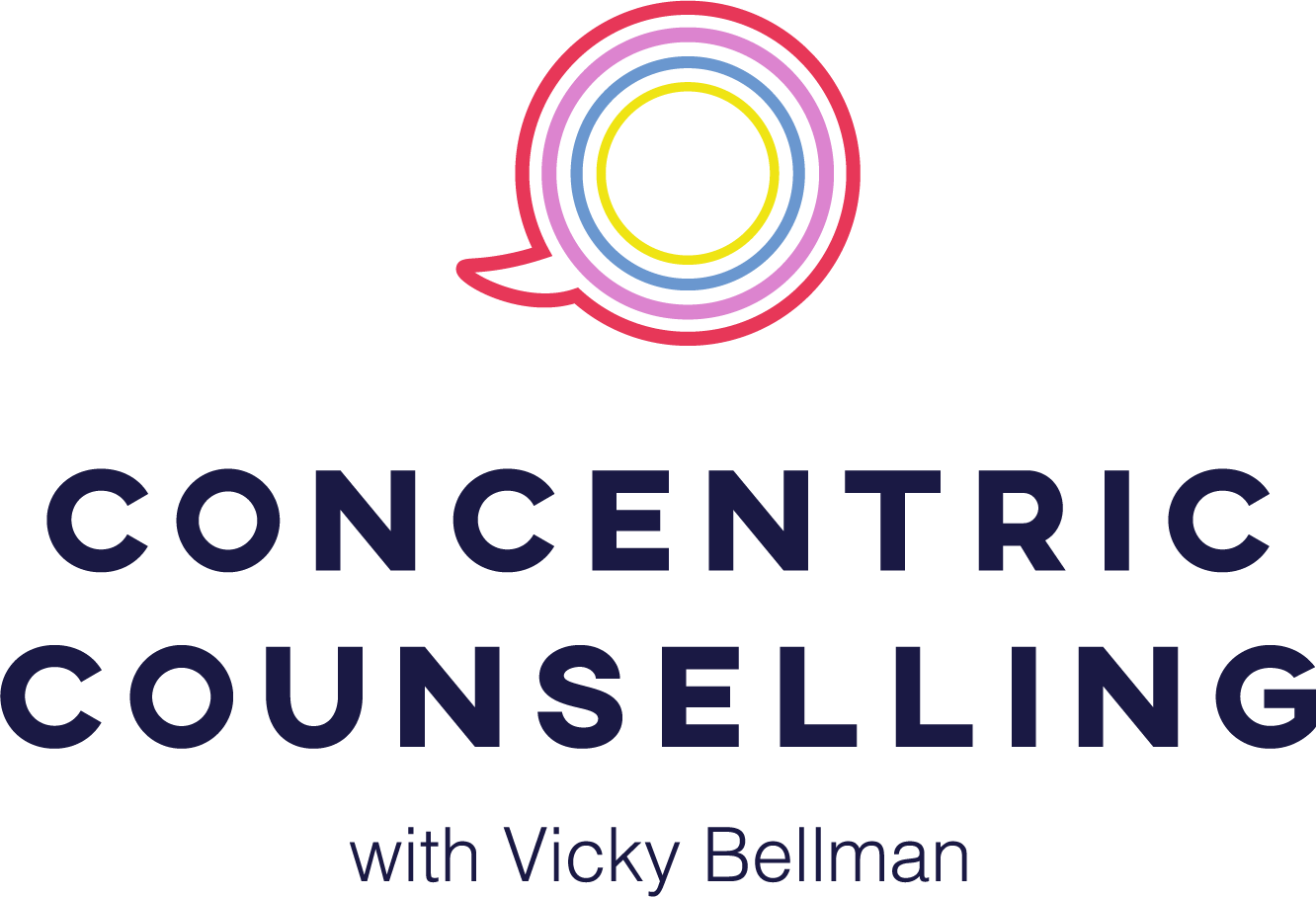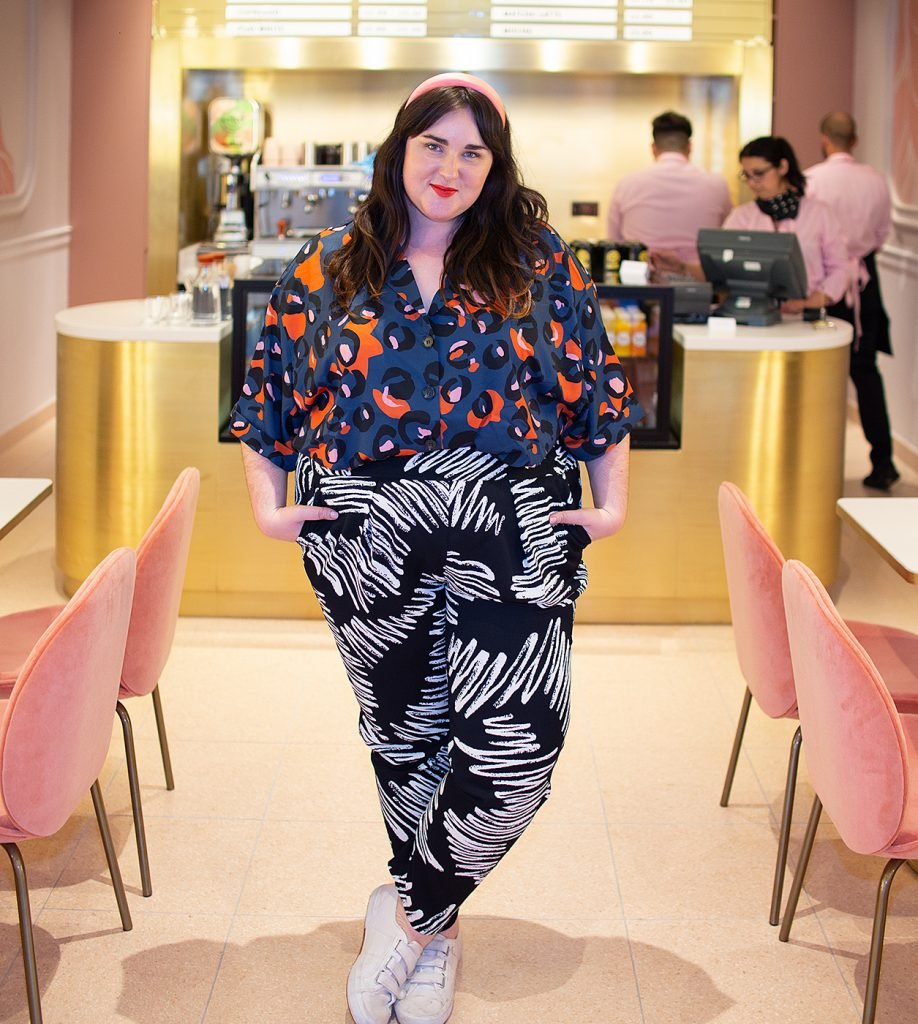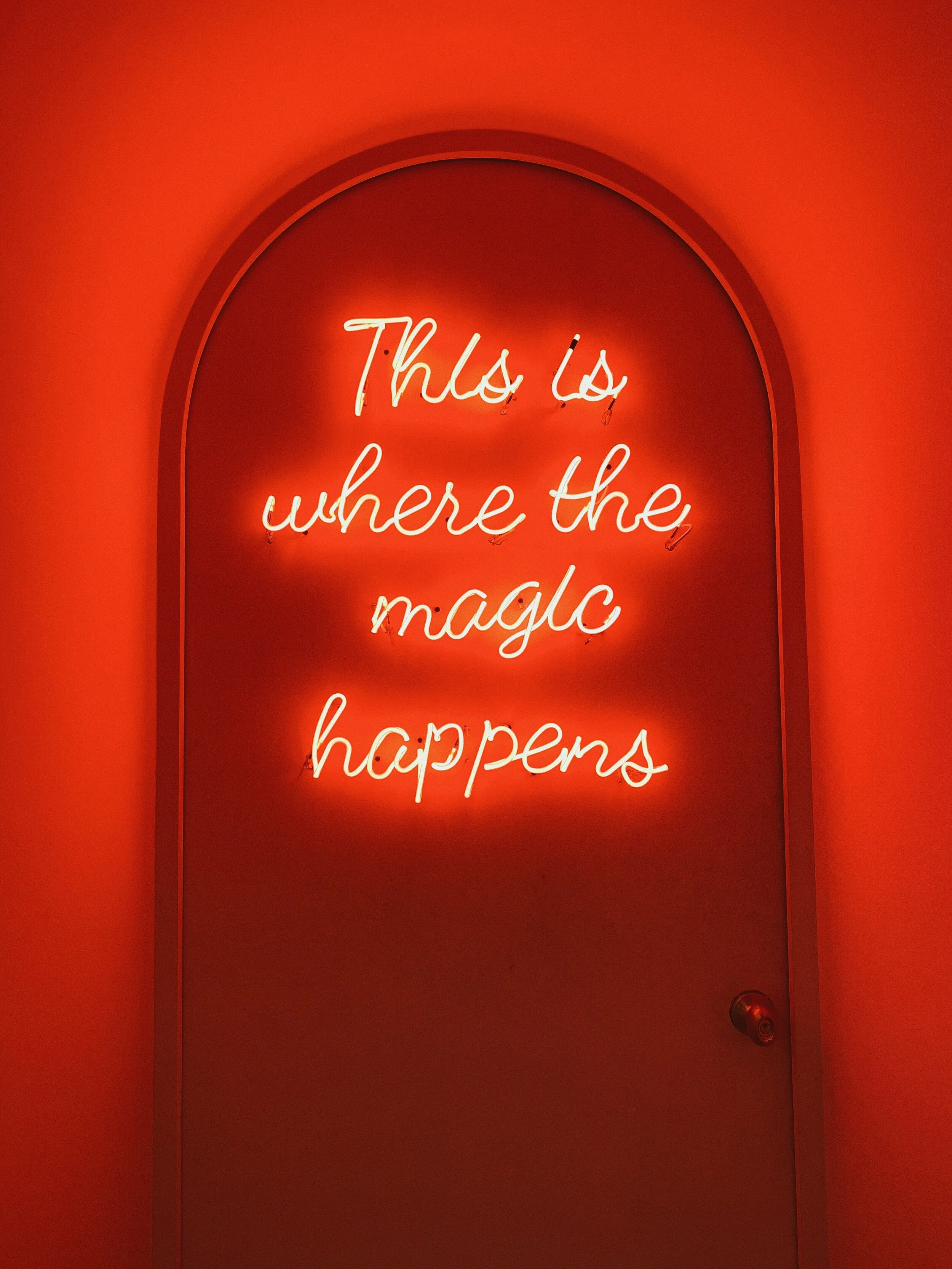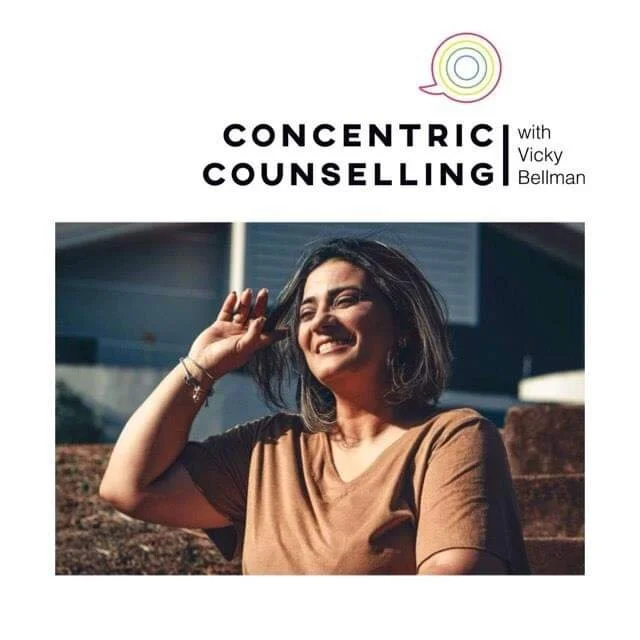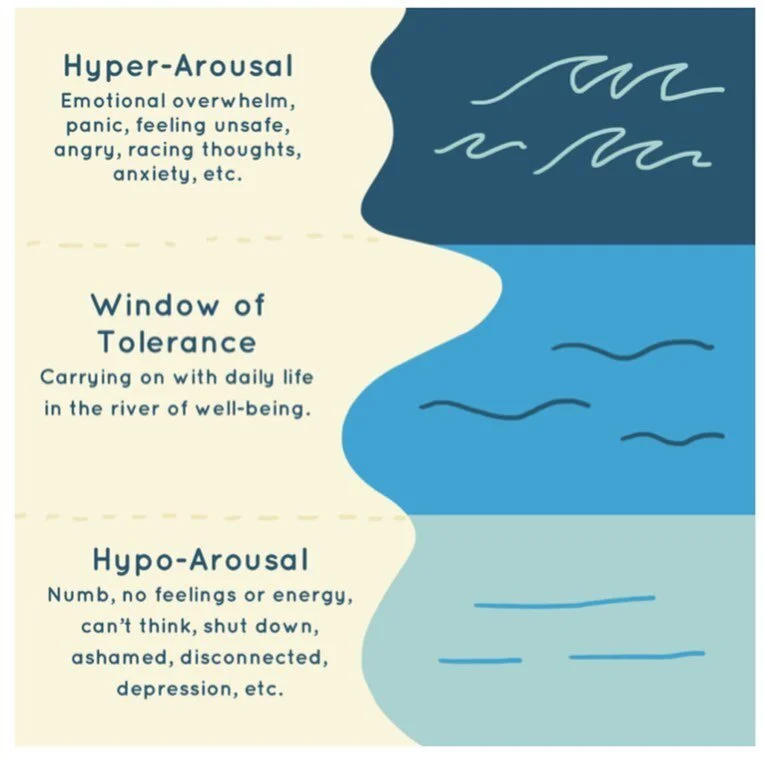Sensory Five - safety at your fingertips
Overwhelm and burnout don’t just happen in Covid times – these are themes I’ve been working for since the very beginning of my counselling career. It’s when our nervous system becomes overloaded, and we really struggle to regulate ourselves; feeling either anxious and agitated, or zoned out and flat. It often happens in times when we feel depleted or fatigued, or when there is a great sense of internal or external urgency and pressure. In these circumstances, we need to do what we can to get back into ‘the safety zone’. This is the base of a model I use called The Window of Tolerance and, if you work with me, we’ll almost certainly incorporate this into our sessions!
The safety zone is that middle ground where you feel generally resilient and capable, and feel like you can handle what life sends your way. Of course, we’re all being sent A LOT to deal with right now, and that’s why we need to be as intentional as ever in supporting ourselves in staying in that comfortable middle zone – where we felt alert but not manic, settled but not slumped.
Overwhelm is a psychophysical experience, and the body is often the part of our system that sends up the warning flares first – butterflies in the tummy, headaches and migraines, restless legs, or painful achey muscles. So, it makes sense that we would go in through the body to apply some restoration. This exercise is a simple one, and is designed to remind you of your accessible, available coping strategies that help you feel a little more settled and gathered in.
This is not likely to be the full extent of your self-care; consider this an entry point. This exercise is designed to relieve the immediate sense of pressure and bring yourself into a more balanced state, so you are then more able to assess what it is you need to keep yourself in your safety zone. This is a process – taking the next right step, and administering some triage. When you have guided yourself back to a more neutral state, you’re then better able to assess what else you need to do for yourself to stay safely in the middle zone.
How to use it
Download the pdf below and print it out. Use each finger to write a quick act of self-care focused on that sense. The key is to make them accessible, and personal to you – the smell, touch, taste, sight and sound that you associate with safety. They’re probably free, familiar, close at hand – regular, restorative and reassuring acts to ground yourself and re-establish a feeling of welfare.
In the centre, along the central line, write an affirmation that you need to hear in that scary moment – if you find affirmations tricky, think of what simple thing might you repeat to a best friend or child if they were in front of you, fretful and panicked?
By writing these down, we make it easier for ourselves to remember them in our overwhelm state, which is a real act of self kindness, because in those times we know it can often be difficult to think clearly. You can have this worksheet close to hand, ready to bring out when you next need it – I really hope it supports you well.
